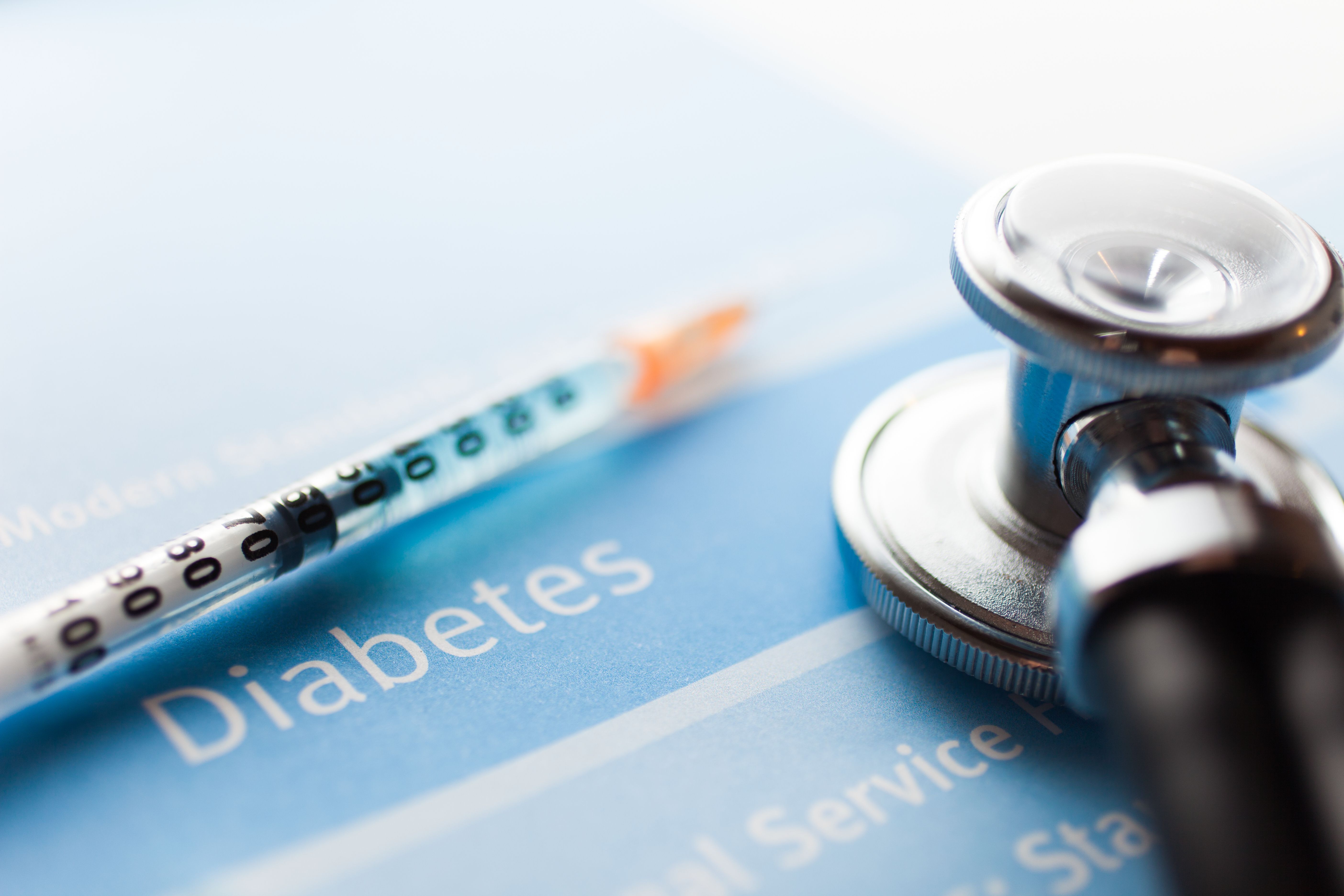Article
Contributor: Health Systems Will Need a Tech Transformation to Prepare for CMS Glycemia Measures
Author(s):
With data collection beginning on January 1, 2023, most health systems are not prepared for CMS’ new glycemia measures, and those that are will likely be floored by the results, according to the chief medical officer at Glytec.
In a previous article published on AJMC.com, I explored why CMS finally decided to put its muscle behind glycemic management. The column was generated in response to revisions CMS made to its Hospital Inpatient Quality Reporting Program, which is an initiative that requires health systems to capture and report electronic clinical quality measures (eCQMs) to improve hospital care, increase transparency, and help consumers make more informed healthcare decisions. For the first time, 2 of the 3 new eCQMs are focused on glycemic management—an incredibly impactful and consequential yet often underprioritized area of inpatient care for health systems across the country. The industry is now within the formal reporting period, and it's becoming evident that many health systems may be underprepared for the agency’s new reporting measures.
CMS’ Hyper- and Hypoglycemia Measures at a Glance
To understand why health systems might be underprepared, it's essential to comprehend the movement behind and milestones associated with CMS’ measures. The first focuses on severe hyperglycemia, defined as the percentage of hospital days with 1 blood glucose (BG) reading greater than 300 mg/dL, excluding the first 24-hour period after admission. The second addresses severe hypoglycemia, defined as the percentage of patient stays having 1 BG reading less than 40 mg/dL during their stay, within 24 hours of administration of insulin or other antihyperglycemic agents. If they opt in, health systems must begin collecting the new data on January 1, 2023. Based on previous eCQM initiatives, the information will be due at the end of February 2024 and published publicly in late 2024.
The goal of the update is simple: improve the quality of glycemic management, a factor that when uncontrolled has proven to contribute to longer patient stays and additional costs of up to $10,000 per stay. So, why are health systems potentially underprepared for a program first introduced in August 2021 and not publicly available until late 2024?
You Can’t Improve What You Can’t Measure
The problem concerns disparate data, unclear benchmarks, and limited ownership. Out of the 6000 hospitals in the United States, many have limited visibility into their rates of hypo- and hyperglycemia. In fact, roughly one-third of hospitals currently have no glycemic management metrics.
How glycemic outcomes are measured can vary markedly at health systems and may not easily convey the true prevalence of glycemia rates. For instance, if your health system uses all BG values to calculate hypoglycemia rates, an average 200-bed hospital might have 100,000 BGs over the past year, and the BG less than 40 mg/dL rate could be 0.1%, which seems so low as to not be an issue. However, that translates into 100 instances of BG less than 40 mg/dl per year, which is more relevant. CMS provides clear guidance on measuring these incidents—something drastically lacking in our industry. However, the unclear benchmarks to date have given a false sense of quality and will likely lead to many hospital executives being surprised when the new numbers are collected.
And despite a resounding increase in awareness of these measures among hospital executives, most health systems lack a clear owner for improving care. Since diabetes is a disease that spans every hospital department, ownership needs to reflect that notion. A glycemic management team is key to driving positive change. At a minimum, these groups consist of a multidisciplinary team of nurses, pharmacists, diabetes educators, and physicians or advanced practice providers. These teams drive change that touches every unit and foster collaboration across departments. By prioritizing these committees and their input, leadership can move beyond awareness to actual improvements that bolster care and lower costs.
An Inpatient Technology Revolution
While cross-functional collaboration is at the heart of preparedness for these measures, there has been an inpatient technology revolution occurring over the past few years that can also help improve the quality of glycemic care. Continuous glucose monitors were granted emergency FDA clearance during the pandemic and have created new opportunities for hospital executives across the industry, including more timely data, streamlined processes, and more. Moreover, research has shown that clinically validated protocols and computer-guided clinical decision support software for titrating insulin can help reduce 30-day readmissions by up to 68%, cut the length of stay by up to 3.2 days, and contribute to best practice savings as high as $9 million in 1 year. These tools can be vital during ongoing staffing challenges and shortages of endocrinologists and other specialists across health systems.
There are hospitals willing to share their glycemic rates and share their digital transformation experiences after deploying a clinical decision support software integrated with their electronic health record. Sonia Cooper, chief nursing officer at Sentara Healthcare, presented at a recent industry conference that between October 2020 to September 2022, the system experienced 0.12% patient-days with severe hypoglycemia. That was 35 patient-days out of 28,050 total patient-days due to their computer-guided insulin management approach to IV insulin titration and is likely 10 times lower than usual care. Similarly, Cody Ericson, advance practice nurse at Kaweah Health, shared that in Tulare County, which has the largest prevalence of diabetes in California, between September 2020 and August 2022 Kaweah Health maintained 0.24% patient-days with severe hypoglycemia, only 157 patient-days out of 65,320 total patient-days amid the COVID-19 pandemic.
An Overwhelming Demand for Better Inpatient Care
As more data is collected, more information will become public and national quality benchmarks will be established. For health systems across the nation, the time to foster glycemic management committees and evaluate advanced technology to drive quality glycemic care is now.





